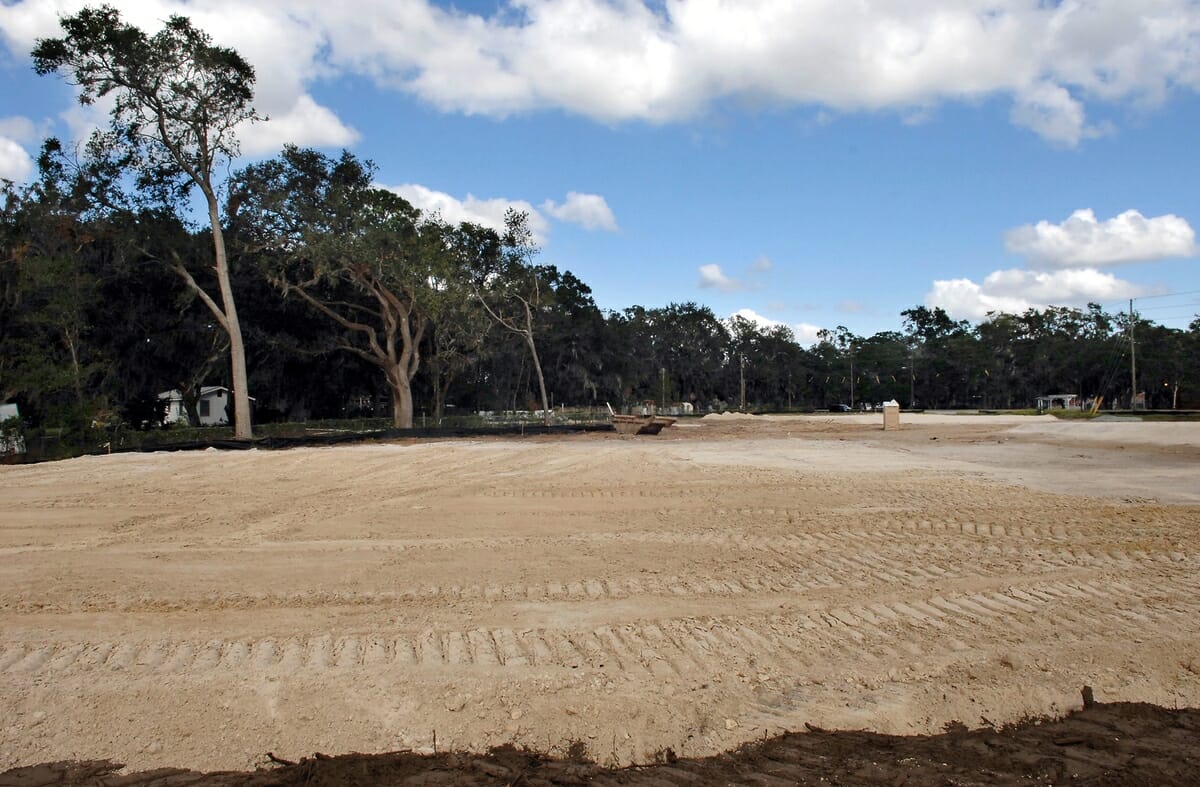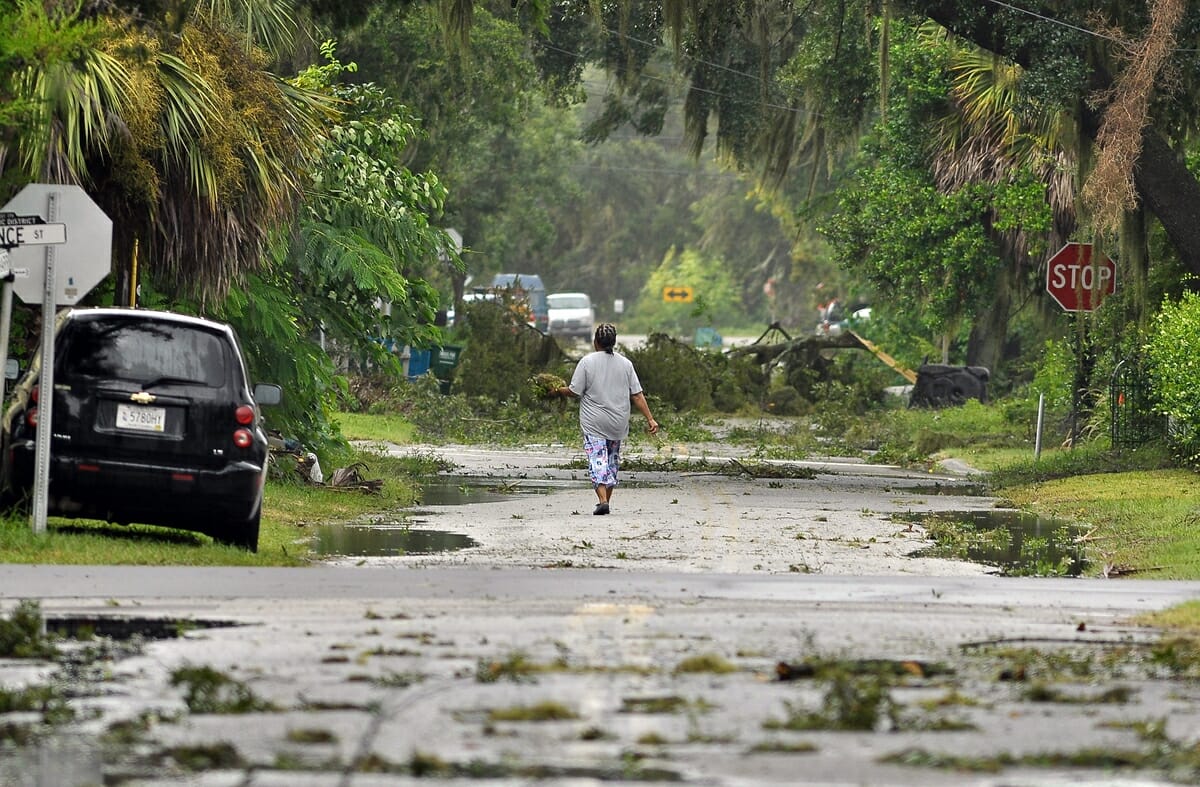Photo above: This is a clear-cut lot in Port Royal off Paris Avenue. There is nothing left but a few bulldozer tracks. Photo by Bob Sofaly.
By Amy Rigard
As development throughout Northern Beaufort County continues to increase, the number of large, mature trees decreases.
The city and local municipalities have tree ordinances in place to help preserve the natural landscape, but developers sometimes choose to clear cut trees and incur fines in the near-term for the sake of longer-term potential profit.
Some residents, including Gordon Fritz, argue that county leadership isn’t doing enough to protect the natural environment.
That is why the Lady’s Island resident, together with other citizens, formed the Sea Island Corridor Coalition about a year ago to provide those who live and work along the Sea Island Parkway a voice in its future, especially for community planning and land use issues.
“If something is not done to curtail the uncontrolled and environmentally blind actions of those developers coming to our area to exploit and profit from the destruction of our environments, we will lose the very values that have attracted thousands of our fellow residents to our communities,” said Fritz.
Fritz’s latest concern is over the clear cutting of trees in the town of Port Royal.
“There are now three areas where the land has been stripped of 95 percent of the green cover to make room for apartment complexes,” according to Fritz.
He said he finds it appalling that “developers are not held to any good development practices by the Port Royal authorities, but are allowed to clear cut.”
One specific example Fritz noted was the clear cutting of an area where the 48-unit Marsh Point apartment complex will be built.
The contractor for this development was within the law since a tree audit was completed, and a tree mitigation fee of $4,000 was paid.
According to the tree mitigation section of the Port Royal code, “The clear cutting of trees by any developer for the sole purpose of clearing land or offering land for sale shall be prohibited.”
The code also states, “No developer shall cut, destroy, cause to be destroyed, move or remove any disease-free trunk with a diameter of 8 inches or more (25-inch circumference), measured three feet up from the base, in conjunction with or preparation for any development activity until such removal has been approved in accordance with the provisions of this article.”
The code also includes a condition that requires suitable replacement trees to be planted elsewhere on development sites. If the development site cannot accommodate the replacement of trees, the developer pays a fee of $1 per caliper inch, capped at $4,000 per site.
According to Fritz, that “paltry” fee should be of great concern to Port Royal residents when it comes time to develop the South Carolina Ports Authority property, which is an area covered by a large maritime forest containing many live oaks and other trees.
Fritz, a biologist and environmentalist, is also a real estate broker who has developed a 550-acre residential community on Lady’s Island.
He said is not anti-development and has an appreciation for both sides of the issue. He does, however believe that “good development practices can co-exist with our environmental values, and it is time for the public, especially the town of Port Royal, to organize and demand good development practices before that special place they call home disappears.”









